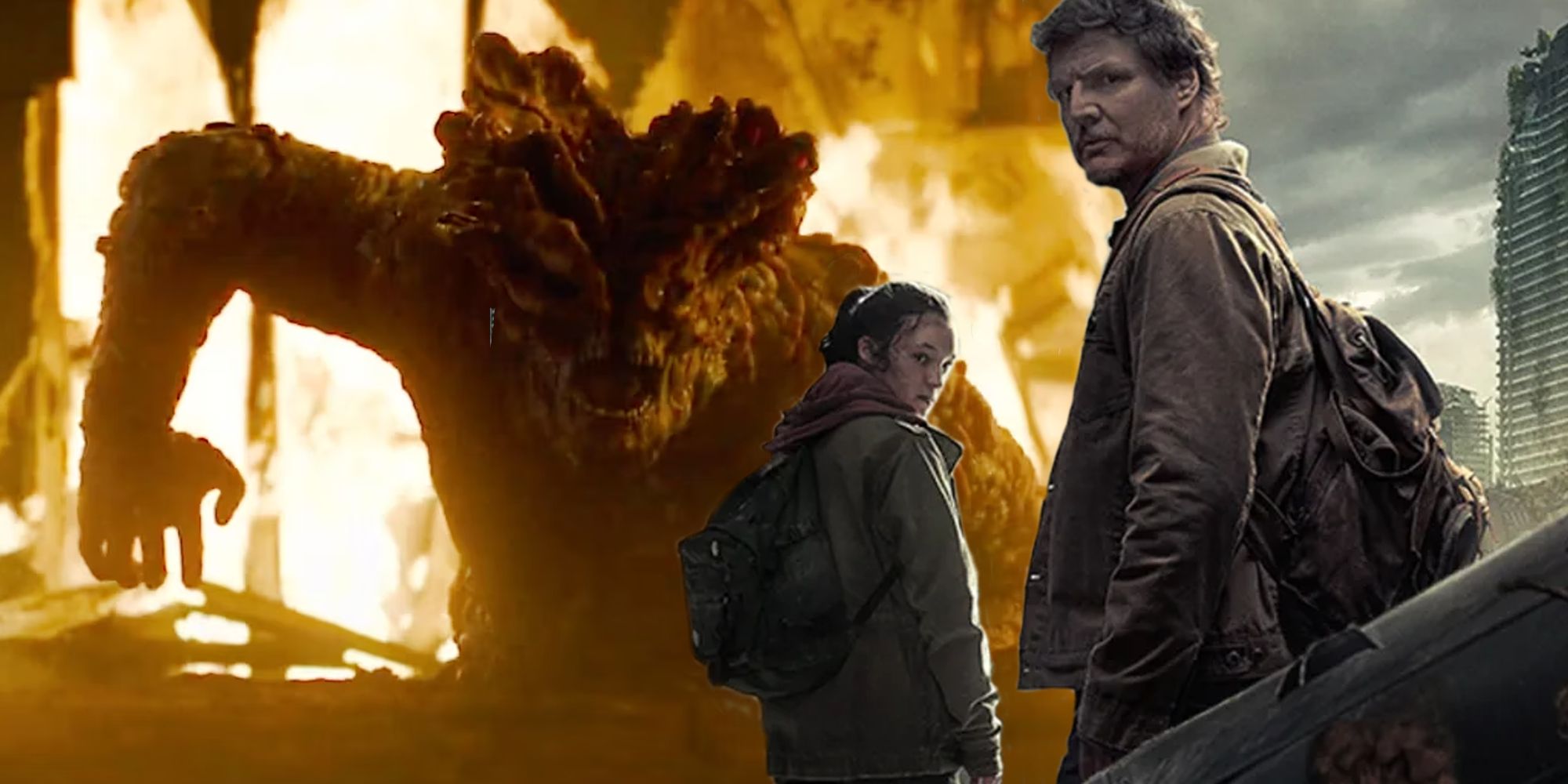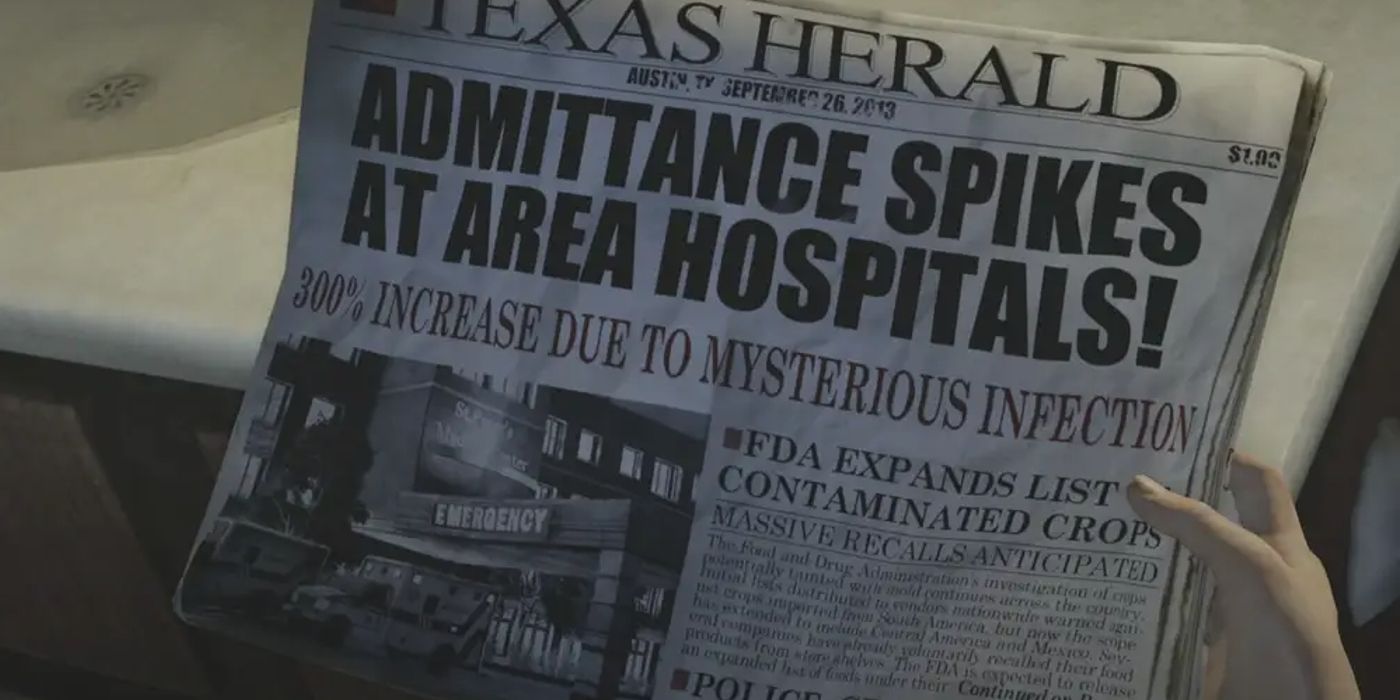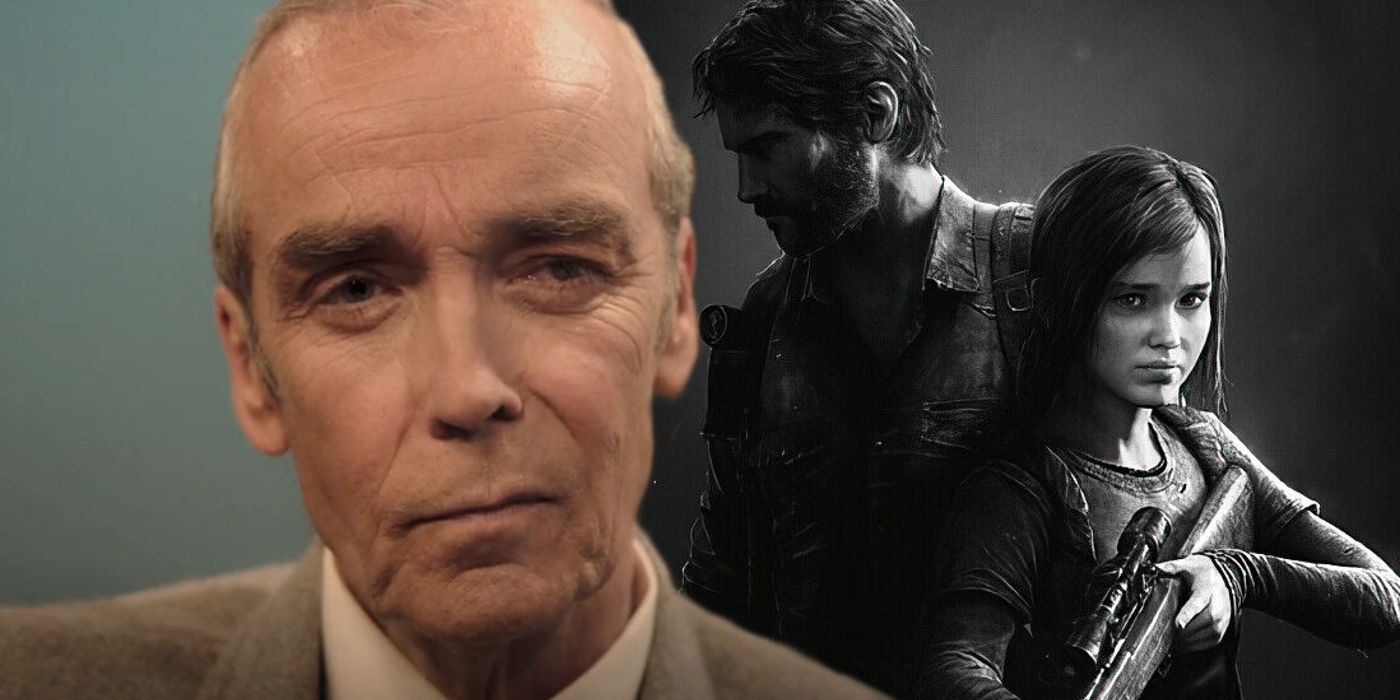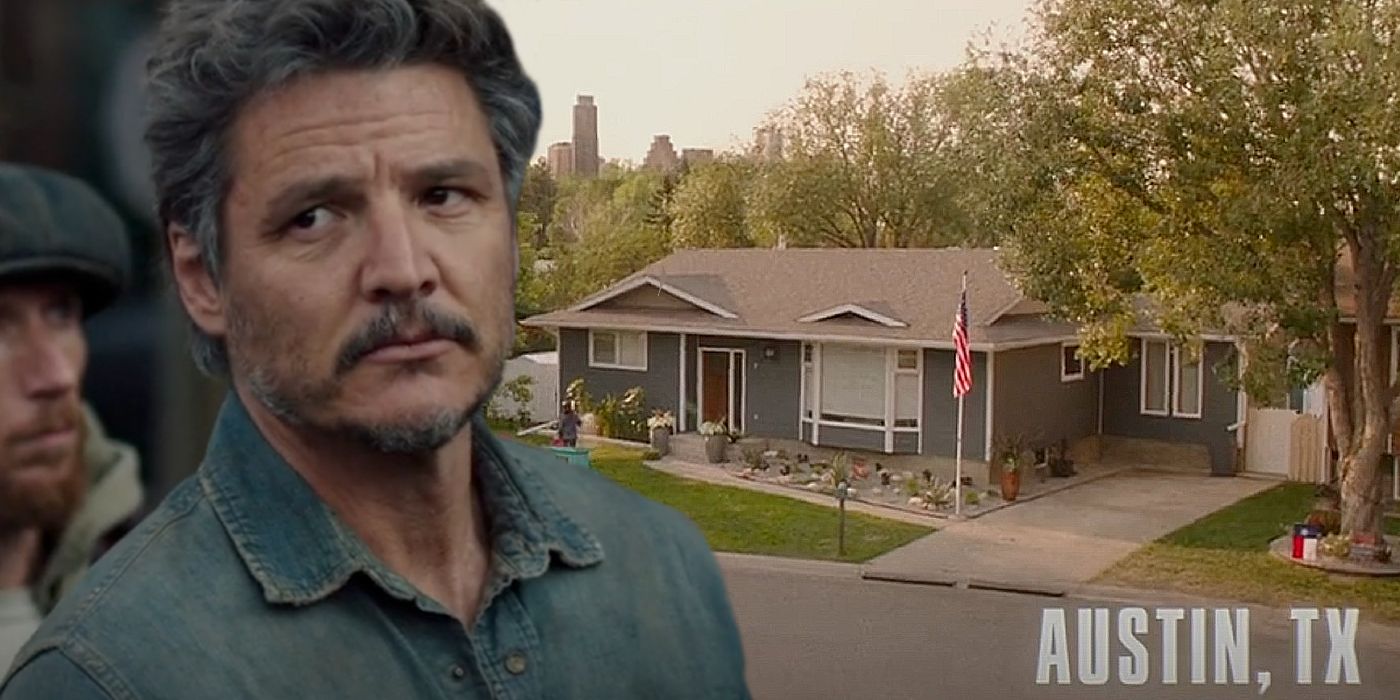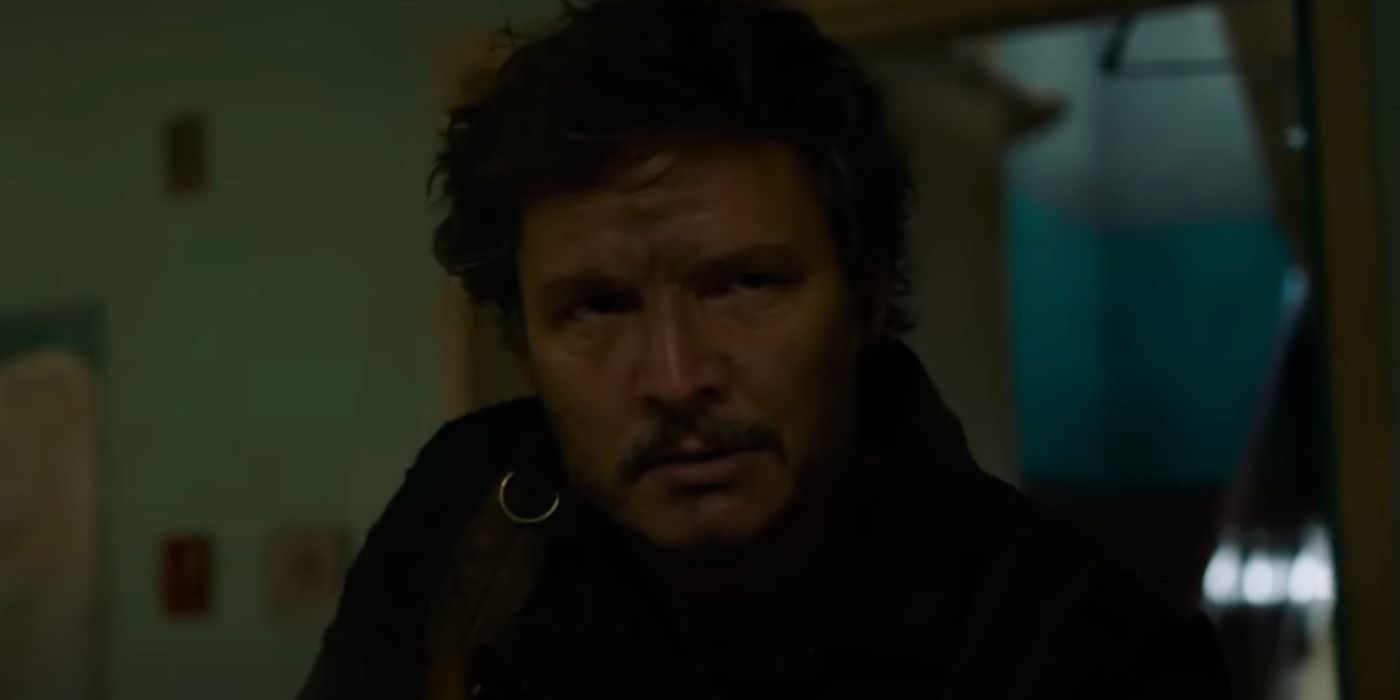Warning! This article contains spoilers for both The Last of Us episode 2 and the original game.The Last of Us episode 2 opens in Jakarta, Indonesia, and sheds more light on the Cordyceps infection's origins in a way that changes the game's story. The opening of The Last of Us episode 2 centers on Ibu Ratna, who is disturbed from her lunch by an Indonesian military officer. Ratna works at the University of Indonesia as a professor of Mycology, which is the study of fungi.
Ibu Ratna is taken to a secret facility to inspect a strain of Cordyceps that was taken from a human. After stating that Cordyceps cannot survive in humans, Ratna examines the dead body of someone infected by the fungi. It is then explained to her that the woman was infected by Cordyceps and bit multiple other workers that are unaccounted for, further explaining the virus' origins in HBO's The Last of Us after the global warming reveal of episode 1.
How The Cordyceps Infection Started In The Last Of Us Game
In the original The Last of Us, the Cordyceps infection started similarly. A newspaper that can be found in Joel and Sarah's house in the opening section of the game provides some detail on this. According to the newspaper, the Cordyceps strain began infecting humans through infected crops. These crops saw the fungi transfer to human hosts, which then began feeling its effects and spreading it to other humans through bites.
In the newspaper snippet, it is explained that these infected crops were recalled from shelves across the country. It also states that these infected products extended to Central America and Mexico, as people began to be infected across the entirety of the Americas. This then saw the outbreak happen in September 2013, a timeline changed for HBO's Last of Us, with enough people carrying the infection to spread it to the masses both in the Americas and worldwide.
How The Jakarta Infection Origin Changes The Last Of Us Story
The infection's origin remains largely unchanged in HBO's adaptation, with The Last of Us episode 2 revealing that the first infected Jakartan residents came from a flour and grain factory in the city. However, one major change comes in the use of Jakarta itself. The original Last of Us game states that the infected crops originated in South America, which became the epicenter of the infection's origin. The change from South America to Asia provides further changes from the game's infection storyline, following the global warming reveal of episode 1.
This change, while seemingly inconsequential, actually makes a lot of sense. The reason for this comes from the origins of the real-world Cordyceps fungi that The Last of Us infection is based on. In real life, the Cordyceps fungi are largely found in Asia, with the majority of the 600 species described originating from the continent. This makes the Cordyceps brain infection's outbreak originating in Jakarta make a lot more sense than the game's South American origins, as an Asian country like Indonesia is much more likely to see a mutated version of the fungi that are abundant on the continent.
Last Of Us Episode 2 Confirms The Outbreak Timeline
Another thing that The Last of Us episode 2 sheds some light on is the timeline of the Cordyceps outbreak in relation to Joel and Sarah's experiences in The Last of Us episode 1's opening. The Last of Us episode 2's Jakarta section takes place on September 24th, 2003, and details the already spiraling Cordyceps infection taking hold of the city through unaccounted-for workers. The opening of The Last of Us episode 1 showing Sarah's death takes place two days later, on September 26th, 2003.
This exemplifies how quickly the mutated Cordyceps spread across the globe through the flour and grain factory, likely developing wheat-based products for worldwide distribution. As the Cordyceps infection is known to take hold 24-48 hours after infection, and the dead Jakartan woman being infected 30 hours before September 24th, it makes sense that the world would be seeing the effects of the virus only two days later. As Indonesia is one of the world's top importers of wheat products, it makes sense for the infection to begin there and see the spread grow so quickly.
The Last of Us’ Episode 2 Foreshadows Joel’s Ending Decision
Warning! Major spoilers for the original The Last of Us game ahead.Outside of The Last of Us episode 2 opening providing further details on the infection's origin, it also foreshadows Joel's eventual decision that spawns from Ellie's immunity in The Last of Us. After Ibu Ratna inspects the infected person, she is asked to help create a vaccine or medicine. Ratna then darkly states that she has been studying fungi her entire life, meaning she is aware that no vaccine or medicine can be created for such an infection. Once asked what they should do in light of this, Ratna says that the city should be bombed, as it is the only way to halt the spread.
This dark revelation not only showcases just how serious the Cordyceps infection is in The Last of Us but sets up Joel's decision at the end of the story. In the game, Joel takes Ellie to the Fireflies who say that synthesizing a vaccine would only work by killing Ellie, and even then it is not guaranteed to work. Pedro Pascal's Joel, still traumatized from Sarah's death, goes on a Firefly killing spree in retaliation so that he can spare Ellie, who he sees as his daughter after their journey together.
This decision is foreshadowed effectively in The Last of Us episode 2, with this specific scene surrounding Ibu Ratna both condemning and justifying Joel's choice simultaneously. In terms of the latter, Ratna's certainty that no vaccine is possible means that Joel eventually saving Ellie will be the right decision. If a vaccine cannot be created in a fully functioning society in 2003, the likelihood of one being made in 2023 after society has collapsed will be minuscule, to say the least. The resolution of bombing innocents to stop the spread further supports Joel's decision, with such a radical solution meaning a vaccine truly cannot be created.
While Joel killing the cop in Last of Us episode 1 also set up Joel's decision, Ibu Ratna provides evidence as to why it will be the wrong choice. While the certainty of stating no vaccine is possible justifies Joel's choice, it also makes Ellie's immunity much more critical. Ellie being immune to the disease that no one fully understood in 2003 could prove to be the key to the Fireflies creating a vaccine.
Through this, Joel's choice is made much worse. The Last of Us ending involves Joel eliminating any chance of a vaccine that was previously thought impossible. However, Ellie's immunity is something that was never seen before in the world of The Last of Us, meaning the Fireflies' quest to create a vaccine could now be achievable through this added factor at some point in the franchise's future.
New episodes of The Last of Us release every Sunday on HBO.

